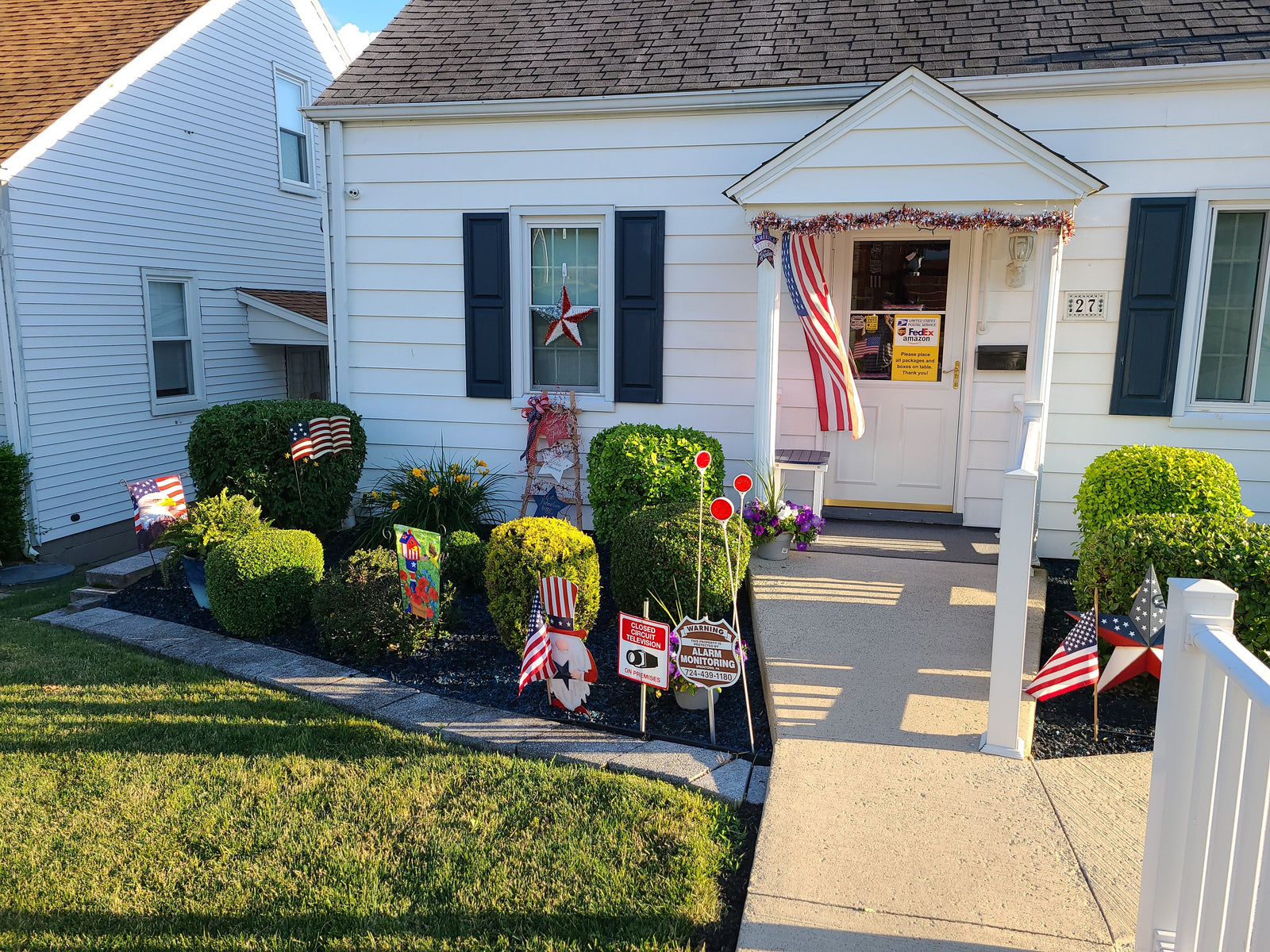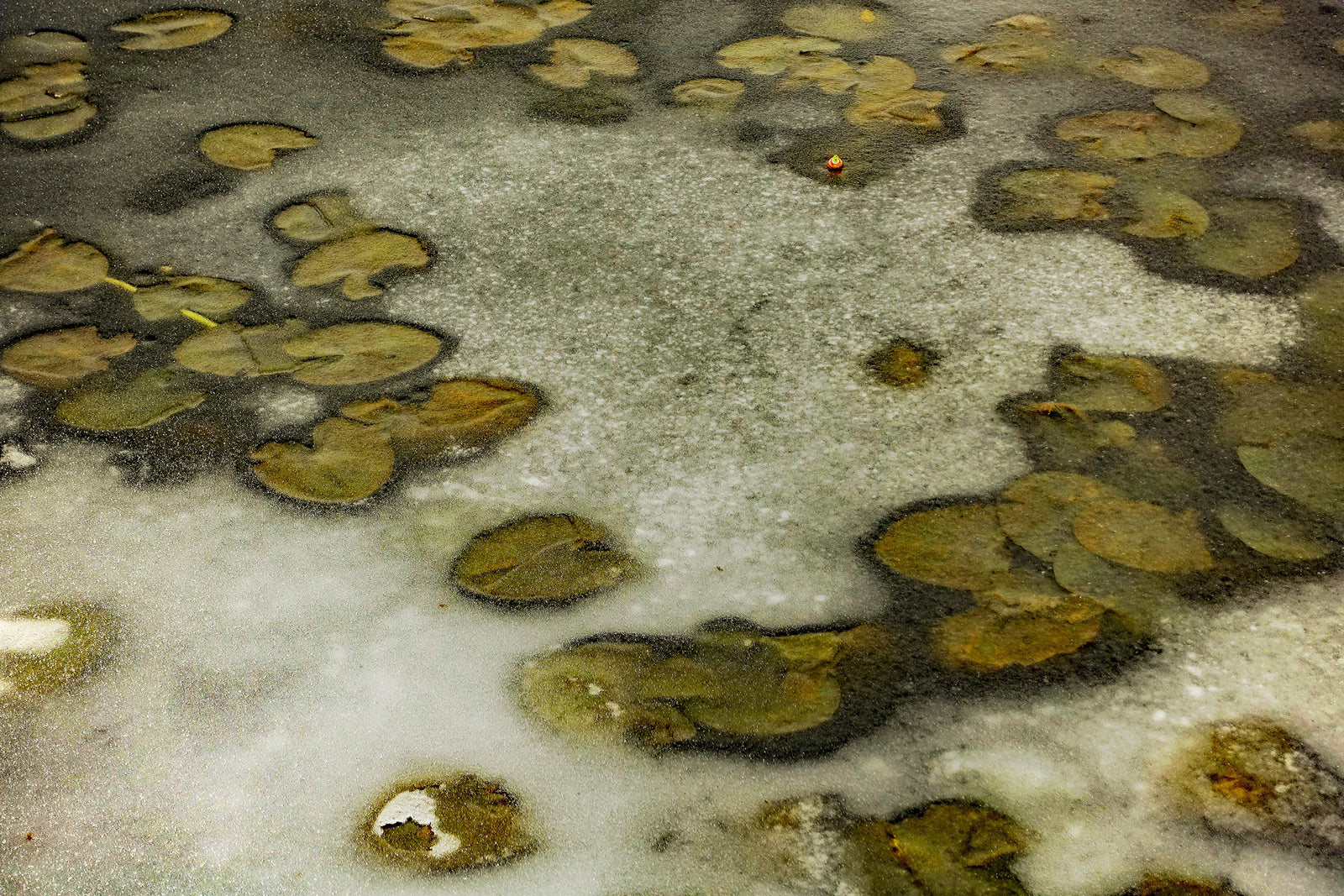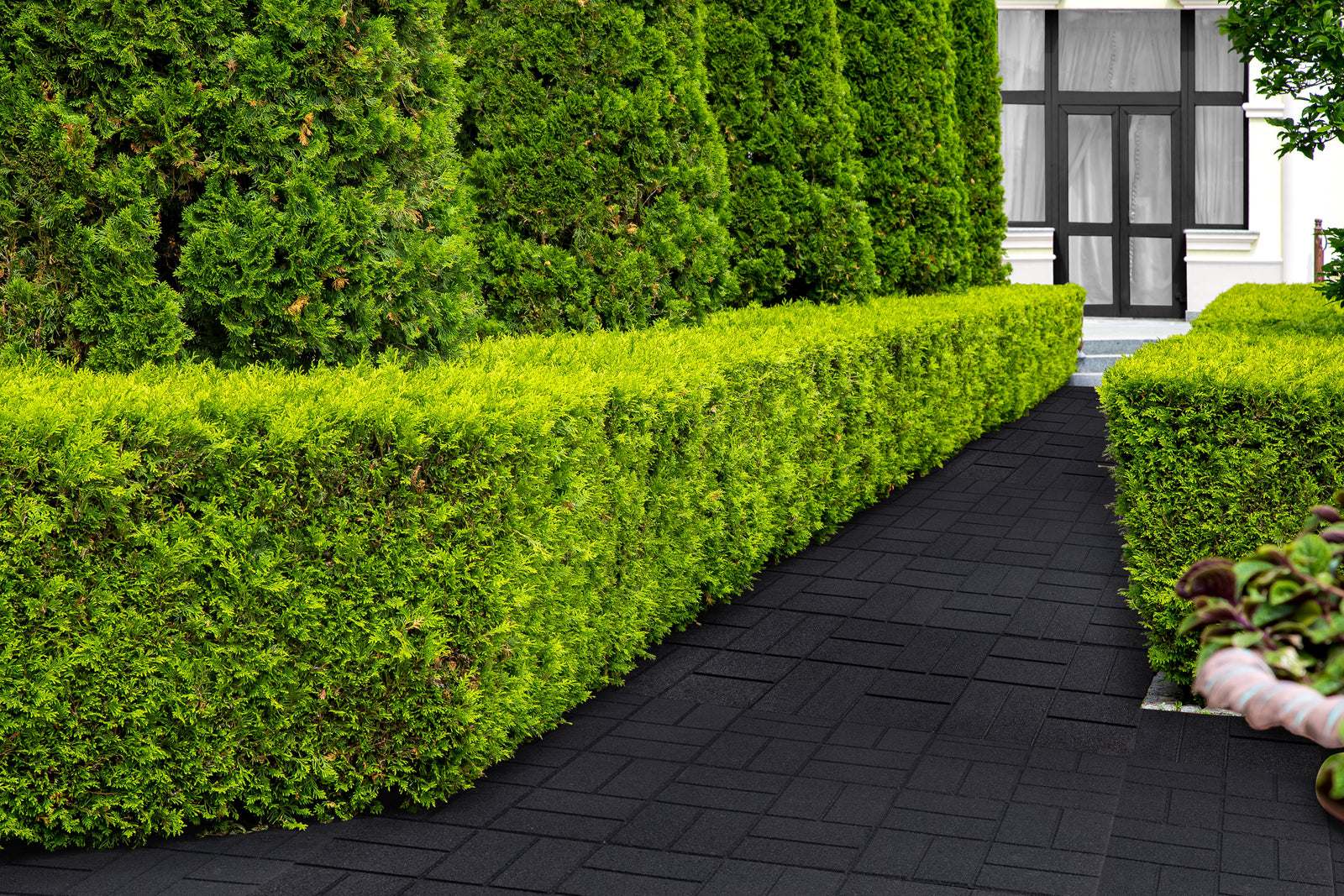February 13, 2023
The Pros and Cons of a Rubber Mulch Garden
What are the key advantages of using rubber mulch in gardens and landscaping?
Rubber mulch, made from recycled rubber like used tires, offers several benefits for gardening and landscaping. Firstly, it provides excellent insulation from heat, making it ideal for use in sun-rooms and solariums. It's also insect-resistant, deterring pests like ants and termites. The non-porous nature of rubber mulch prevents water absorption, thus reducing fungal growth and weed proliferation. Its durability means it doesn't deteriorate quickly, offering long-term landscaping solutions with minimal maintenance. Rubber mulch stays in place, even during heavy rainfall, and offers a wide range of design options with its various colors. Being thicker than organic mulches, it offers better weed control and is an environmentally friendly option since it's made from recycled materials. For playgrounds, it's particularly advantageous due to its shock-absorbing properties, reducing injury risks from falls. The Environmental Protection Agency (EPA) endorses rubber mulch for playground surfaces, recognizing its safety and environmental benefits.
What are the disadvantages of using rubber mulch?
Despite its benefits, rubber mulch has some drawbacks. It's non-organic, so it doesn't decompose to enrich soil with organic matter. Rubber mulch may contain chemical residues, potentially harmful to plants, with zinc being a common concern. It also lacks the organic look and feel, which might be off-putting to some. Another issue is heat retention; rubber mulch can get uncomfortably hot in direct sunlight, posing a risk to pets and children.
How does rubber mulch benefit schools, especially in playground settings?
Rubber mulch is particularly beneficial in school playgrounds. It provides superior shock absorption, which is crucial for children's safety during falls. Its moisture-resistant property prevents slipping, and it requires minimal maintenance, not needing frequent replacement. Creative applications of rubber mulch, like geometric patterns or whimsical designs, can enhance playground aesthetics and encourage imaginative play among children.
In what ways can businesses benefit from using rubber mulch for landscaping?
For businesses, rubber mulch offers practical and aesthetic advantages. It requires less maintenance and remains stable in extreme weather conditions, making it a cost-effective landscaping solution. As a recycled product, it reflects a company's commitment to sustainability. Businesses can creatively incorporate their branding into landscaping designs using colored rubber mulch, enhancing their corporate image while reducing environmental impact.
What are the pros and cons of using rubber mulch in public parks?
In public parks, rubber mulch is an excellent choice for playground surfaces due to its high safety rating in impact and shock absorption. While more expensive initially, bulk purchasing can be cost-effective. Used rubber mulch from playgrounds can be repurposed for landscaping or other applications, adding to its environmental appeal. However, the initial cost and the non-organic nature of rubber mulch could be viewed as drawbacks, making careful consideration and research essential before opting for it in public park settings.

Also in Rubber Mulch Blog

Embracing Eco-Friendliness by Choosing Rubber Mulch for Your Playground
June 17, 2025
“Reuse, Recycle, and Reduce” are three main aims when it comes to preserving the health of our planet. Rubber mulch definitely falls within their scope. Conserving resources, energy efficiency, and better health for kids are all rubber mulch benefits.

Effective Mold and Fungi Prevention: The Hidden Value of Rubber Mulch
October 31, 2024

Create Your Own Sensory Path with Rubber Pavers
October 28, 2024
shop
Copyright © 2025 RubberMulch.com - All Rights Reserved.






